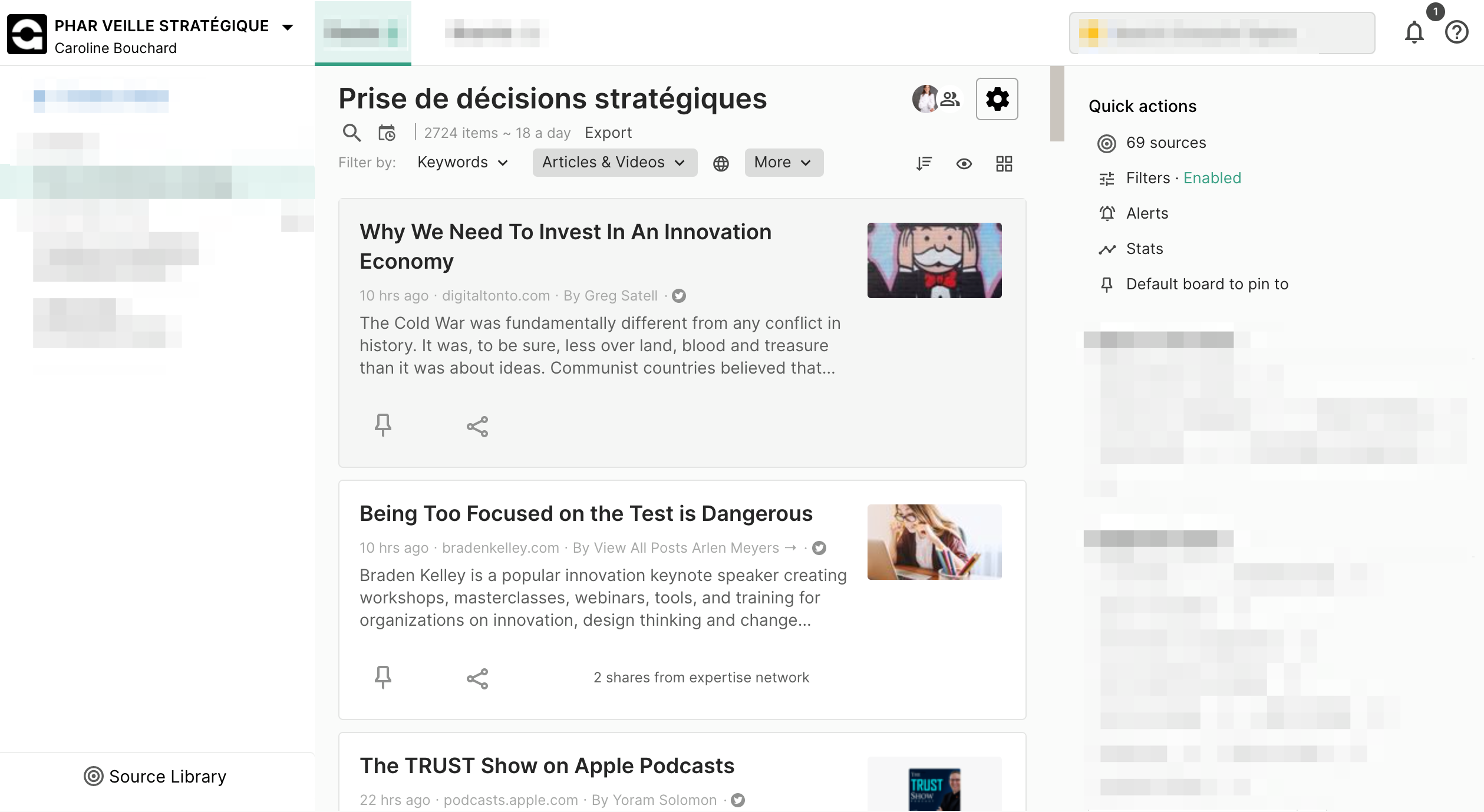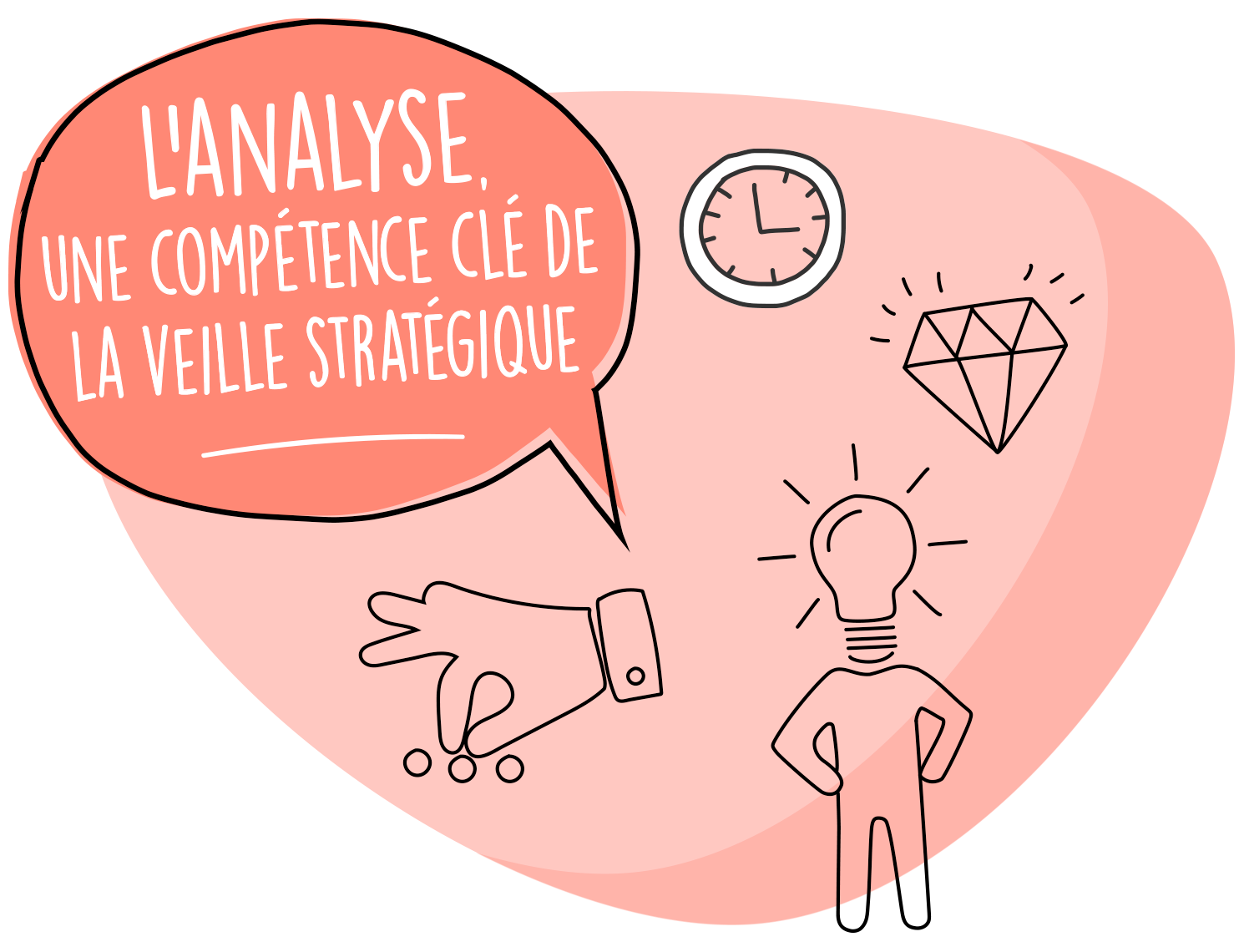I've always been fascinated by analyzing the key information that leads to decision-making. You know, when we find a nugget of information that allows us to define a strategy out of the ordinary.
As Véronique Mesguich so aptly put it in her latest book information has become like the air we breathe: we no longer bother to go looking for it, so much does it radiate around us at every moment.
In business intelligence, I've noticed that the crucial step of analyzing information is often neglected. With the widespread use of intelligence platforms, many people unfortunately tend to want to reduce the practice of intelligence to the simple use of automated collection solutions. Platforms are truly indispensable because of the time savings they provide, notably by centralizing keywords, sources and information, but they do have their limits.
- When trying to answer a strategic question, it's vital to be able to identify sources that are present or not, structured or unstructured, textual or multimedia, free or paid on the web...Even today, engines or platforms are not totally autonomous in the way they monitor.
- Despite automated analysis methods, only human expertise can still, to this day, guide the choices, decisions and strategic interpretation of the results obtained as part of a strategic watch.
- It's our empathy that gives us the necessary distance to understand needs, interpret and make choices in strategic information.
Here's a screenshot of what I see on our platform as part of my internal watch on strategic decision-making tools and techniques. 69 sources, 2724 articles in 18 days, that's what's generated.

So it's analysis, as a watchdog, that enables us to combat infobesity, to gain objectivity and neutrality. I believe that it is precisely this ease of analysis that enables us to gain in creativity, and that is so essential for bringing weak signals to light. You know, those trends that are still imperceptible when you read a single document. To learn more about weak signals, I invite you to reread the following post.
Beyond the techniques for obtaining key information, there's everything that falls under the watchdog's transversal skills. Here are just a few:
- Understanding when identifying information, its strategic importance and real value;
- Be able to select the right sources of information;
- Know how to assess the quality and provenance of information;
- Know how to extract relevant content and identify trends to extract weak signals and key information for decision-making;
- Emerge correlations, relationships or hidden links between information;
- Knowing how to share information.
In closing, as you may have guessed, not everyone has these qualities. When the time comes to decide whether you'd rather have your own in-house monitoring system or call on external consultants like Phar to do your monitoring, ask yourself.

December 7, 2024
